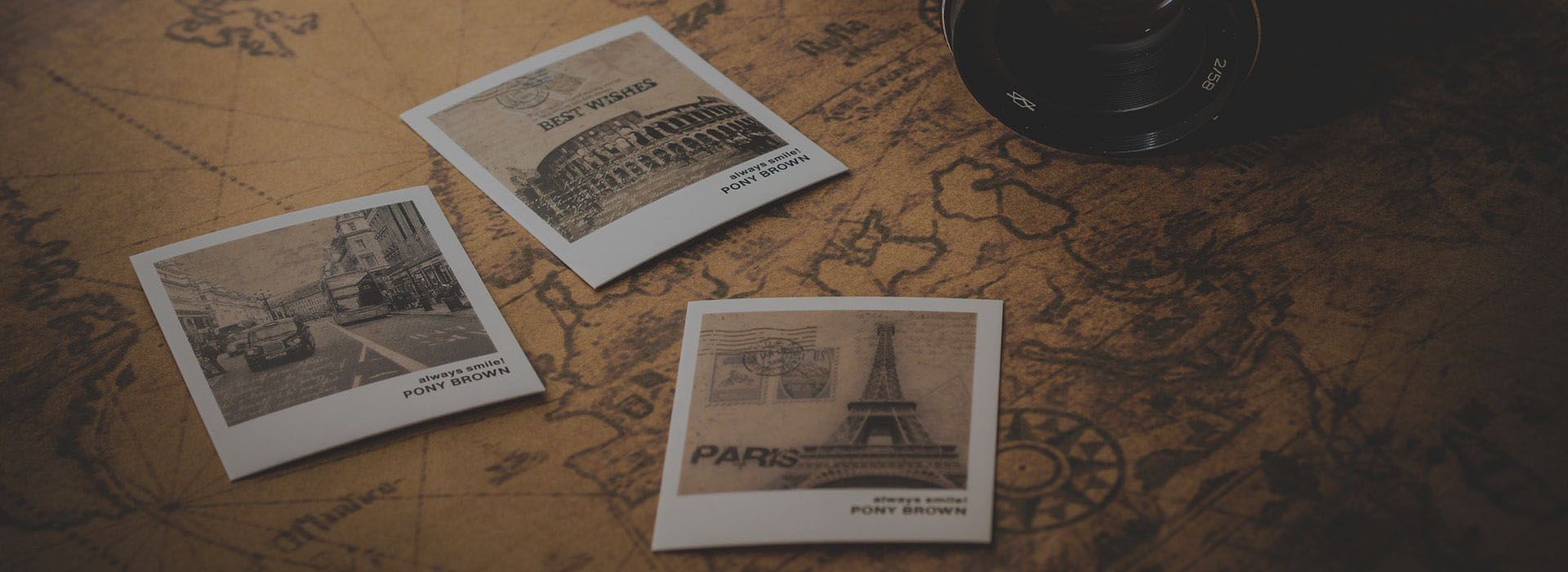Anhui
Whilst Anhui Province is one of the least visited provinces, it has some of the most dramatic and beautiful scenery in China. It is home to China’s most famous peak, Huang Shan, and also one of China’s holiest places of pilgrimage, Jiuhua Shan.
Hefei
Hefei is the provincial capital of Anhui Province and is home to 1.5 million people. It is a pleasant city with scenic lakes, parks and bustling markets.
Anhui Provincial Museum
Anhui Provincial Museum is a fascinating museum full of bronze statues and Han Dynasty tomb rubbings. It also exhibits some ancient examples of the wooden architectural style commonly found in the surrounding area.
Mingjioa Temple
Built in the Tang Dynasty, over a thousand years ago, the Mingjiao Temple houses over thirty Buddhist statues and is still used today by the local Buddhist residents.
Baohe Park
The most famous park in Hefei, Baohe Park circles the old city walls of Hefei. Inside the park is an attractive lake, arched bridges, a memorial temple and Lord Bao’s Tomb.
Lord Bao’s Tomb
Located in Baohe Park, Lord Bao’s Tomb is named after a famous official who lived during the Song Dynasty. He was a judge and had the final say in all important rulings. His name now stands for incorruptibility and rectitude.
Huangshan
Huangshan City is a region with a long history. In the Jin Dynasty (265-420) Huangshan City was called Xin’an Shire. It remained this way until the Song Dynasty (960-1279) when the name was changed to Huizhou. The city was famous for Hui businessmen, Hui carvings, the Xin’an school of painting, Xin’an medicine, Hui architecture, Hui cuisine, and Hui opera. The name was eventually changed to Huangshan after Mount Huangshan that is located close by. The area is also well known as “Yellow Mountain”.
Tunxi
Tunxi is an old trading town but it is most famous for being the gateway to the Huang Shan. Situated 70kms south-east of Huang Shan, Tunxi is located at the junction of two local rivers, Xin’an River and Heng River.
Huang Shan
Often included in the Top 10 Places to visit in China, Huang Shan has inspired countless poets and painters throughout China’s history. The views of it’s often mist covered granite peaks are simply breathtaking. A popular option is to stay overnight at one of the hotels located on its summit, accessible by cable cars.
Qiyun Shan
On the other side of Tunxi to Huang Shan, Qiyun Shan is a scenic area which has long been venerated by Taoists. The mountains, rivers, temples and the red sandstone rock combine to make this a spectacular shrine to the natural world.
Shexian
Once the historic seat of the Huizhou region, Shexian was the centre of the Huizhou culture and served as its capital. It is home to China’s sole surviving four-sided decorative archway and provides a fascinating glimpse into China’s past.
Yuliang
Yuliang is an ancient port on the Lian River. The village contains cobbled streets, picturesque buildings and the remains of the transfer stations that shipped wood, salt and tea from here to Northern China.
Tangyue Archways
The Tangyue Archways were created by a local family who achieved considerable wealth through the production and selling of Salt. The seven Archways are located 5 kilometres from Shexian
Yixian
Yixian is the gateway to the beautiful preserved villages of Xidi and Hongcun and is easily accessible from the city of Tunxi
Xidi
Xidi retains links with the past with a history of close to 1000 years. Elegant and well preserved in the style of Huizhou, representing the wealthy merchant influence once held in this area. The Ming Dynasty three tiered arch is a highlight
Hongcun
A beautiful UNESCO preserved village. The architecture of the 150 residences dating back to the Ming and Qing dynasties are some of the best preserved in China. The Village dates back to the Song Dynasty (960–1279 AD) Hongcun was a location where the film Crouching Tiger, Hidden Dragon was shot.
Jiuhuashan
Jiuhuashan Mountain is revered of one of the four sacred mountains of Buddhism. The 99 peaks are deemed to be the home of Bodhisattva Dizang who was known as the Lord of the Underworld. Temples are found around every corner dating back to at least the 8th Century


